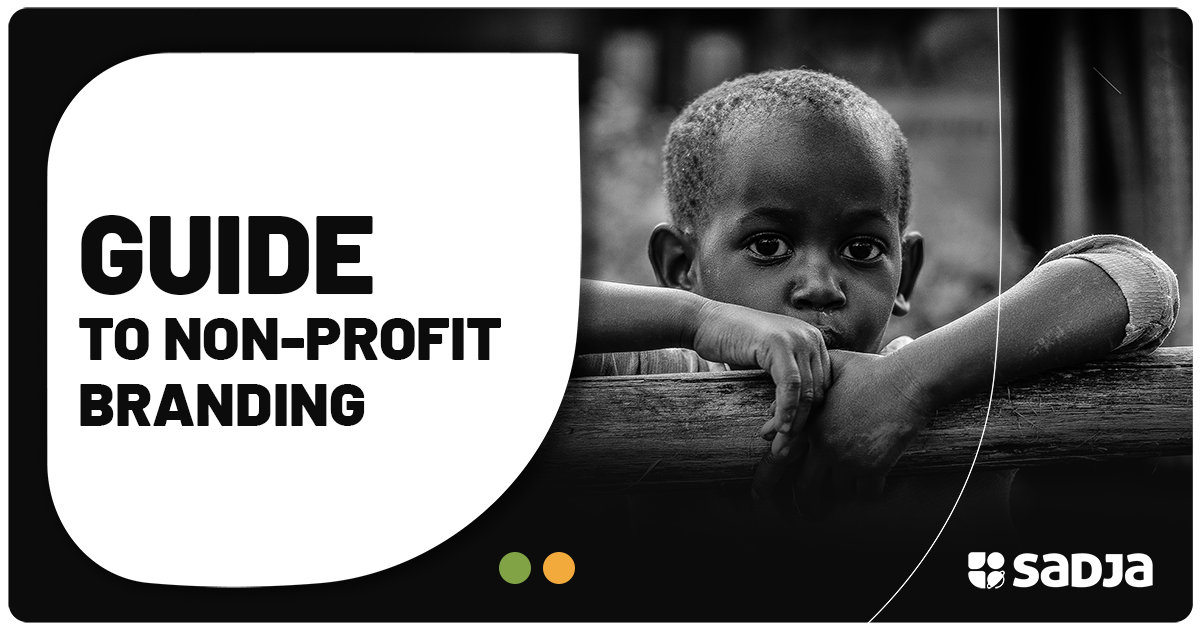Guideline to Your Nonprofit Branding
To have an effective nonprofit brand, you must consider significant aspects of brand identity. Using these aspects, you must come up with who you are and what you represent. Although nonprofit branding includes a lot of factors, we’ll only discuss the vital ones.
These factors include:
Brand Name
Your nonprofit organization’s brand name should be the most straightforward name one can memorize. It may be challenging to choose a brand name. Yet, it is one of the core aspects you must consider.
It would be best to consider many factors like word and language considerations. However, it would be best if you chose a name that sits well with your mission.
Some of your nonprofit organizations might already have a well-known brand name. But, if your brand name no longer serves your needs, it is time to change it. A new name may be necessary to appease your audience.
For example, Berks Nature, formerly known as Berks County Conservancy. It changed its name to avoid confusion. People used to confuse it with the conservation district and the county.
Brand Logo
Your organization’s brand logo is a crucial player you must invest in. Your logo can carry your color scheme, name, and tagline to enable recognizability. It can all fit into one package.
Whether you have a symbol-based mark or a wordmark as a logo, it should visualize your mission and personality. Your logo should imitate your brand when added to your marketing materials.
It should build a solid emotional connection between you and the people you represent. This will build your brand recognition.
You might decide to take a different approach while designing your logo. But, the most recommended approach is aligning it with your organization’s mission.
In case you do not know how or where to start designing your logo, we can help you. With our team of professionals, we can design the logo for you.
Personality and Tone of Voice
Your nonprofit organization’s tone of voice and personality should go hand in hand. Each one of these factors is vital for your company’s brand identity.
Your organization’s tone of voice refers to how you write, speak and discuss your brand to your audience. Your tone of voice should capture your audience’s hearts leaving them yarning to hear or read more.
On the other hand, your personality is how you humanize your brand. This includes all personal characteristics and emotional aspects. Examples include optimism, inclusivity, and sincerity. Your audience feels more connected to you with these emotional and personal aspects.
Colour
Choosing your organization’s color should be done with care. There is more to brand color than just visual aesthetics. Each color has its representation. Hence, choose your colors with great care.
You can take into account;
1. Blue symbolizes trust, professionalism, and tranquillity.
2. Green symbolizes growth and prosperity. Hence it is used when dealing with the environment and climate.
3. Red is a symbol of violence, passion, and strength.
4. Pink is for innovation and creativity.
5. Yellow is linked to optimism, warmth, and happiness.
6. Purple is excellent for innovations in brands that are solution-oriented.
7. Orange displays a playful and friendly tone.
8. Black is bold, and severe brands mainly use it.
Consider significant associations linked to the color you want to choose. However, most organizations choose from the secondary palette. You are not limited to the colors you can add to your brand. But make sure your colors meet the accessibility standards.
Overarching Message
Your organization’s brand message includes your core values, vision, and mission. You can express your overarching message in various ways to meet those aspects.
You might have a short, sweet, memorable tagline, “Prevention is better than cure.” This tagline is short but gets to the point and relays the message perfectly. It is also easily memorable.
You might also write a story about your brand to communicate why you exist. You might also want people to know why they should take action around your cause.
Convey your brand message while considering your benefits and style.
Typography
Typography expresses your nonprofit organization’s personality. Do this through your brand elements and how you arrange and style your marketing copy. It might include hierarchy, stylization, and related fonts.
Typography decisions have a significant impact on your brand experience and associated feelings. Different typography has different tones that they represent. This tone should directly reflect your organization’s brand.
For example, you might use bold font to show your organization’s loud advocacy tone. It will convey the urgency of the message to the audience. If you are dealing with sensitive audiences like children, try using light fonts. It will make you sound calmer.
Ensure your typography is readable both in print and digital copy. The messages and call to action should be clear to your audience.
Positioning
Positioning illustrates what makes your nonprofit organization different and unique from other organizations. It is a roadmap to success if used well. Unlike for-profit organizations that focus on competition, nonprofit organizations focus on collaboration.
Let’s take an example. If your organization is dealing with feeding homeless people, consider a shelter as a partner. You can feed the homeless while the shelter offers them a place to sleep. It’s a win-win for both organizations.
For a good positioning strategy, you need to ask yourself this question. What are you bringing to the table different from other organizations? Answering this question will help you identify what is unique about your business.
 +256 206 300885
+256 206 300885



